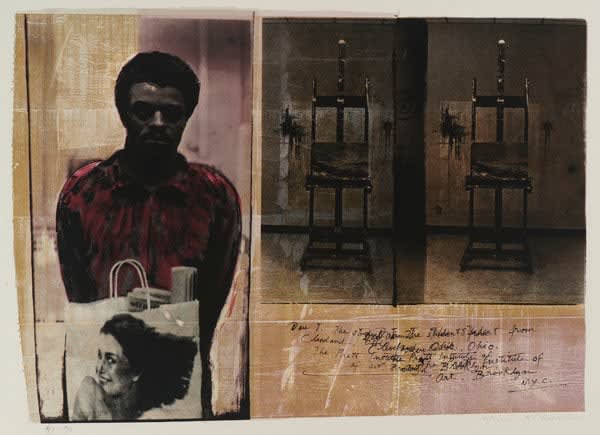Michael Rothenstein was born in 1908, the second son of the distinguished artist Sir William Rothenstein (1872–1945), Rector of the Royal College of Art, and grew up in a vibrant artistic household where visitors included Augustus John, Wyndham Lewis and Barnett Freedman; his elder brother John (1901–92) became a noted director of the Tate Gallery; his uncle was the painter Albert Rutherston. Home-schooled due to a lengthy childhood illness, Michael Rothenstein studied at Chelsea Polytechnic and the Central School of Arts and Crafts. During the late 1930s he concentrated on Neo-Romantic landscapes and in 1940 he was commissioned to paint topographical watercolours of endangered sites in Sussex for the Recording Britain project organised by the Pilgrim Trust. In the early 1940s, he moved to the north Essex village of Great Bardfield, which developed an active artistic community. His first solo show was held at the Redfern Gallery, London in 1942.
During the postwar period, Rothenstein became increasingly fascinated by printmaking, enhanced by time spent working with Stanley Hayter at the renowned and progressive Atelier 17 in Paris. From the mid-1950s, almost abandoning painting in preference to printmaking, he began working with linocut, silkscreen and etching, tending towards abstraction in the 1960–70s, the period of his greatest experimentation. Rothenstein taught for many years at Camberwell School of Art and Stoke-on-Trent College of Art; was elected an Associate of the Royal Academy (ARA) in 1977 and a Royal Academician (RA) in 1984. A retrospective was held at Stoke-on-Trent City Museum and Art Gallery in 1989.


